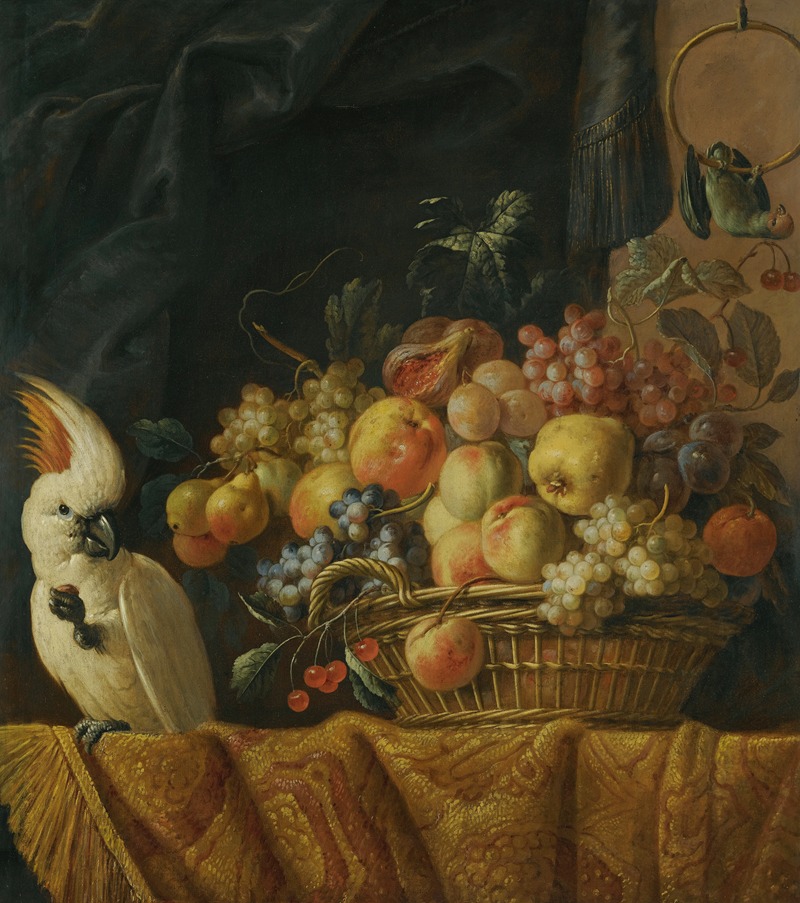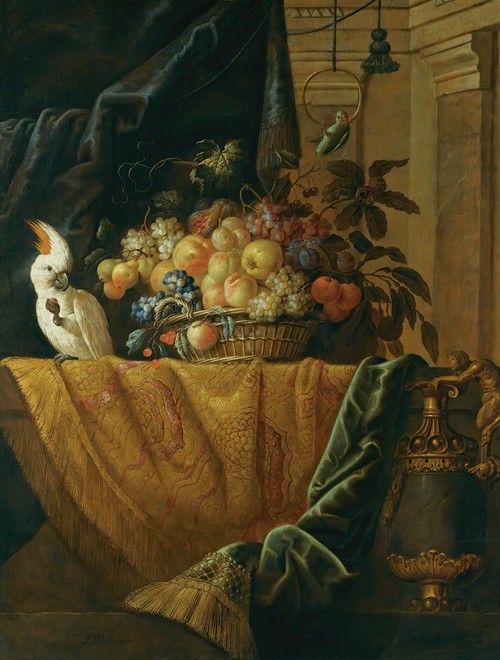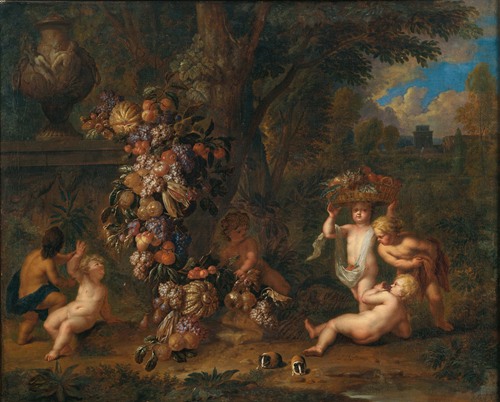
Jan Pauwel Gillemans the Younger was a Flemish still life painter. He worked in a range of still life genres including flower and fruit still lifes, banquet still lifes, pronkstillevens and hunting pieces. He collaborated with figure painters to create landscapes which combined a mythological or allegorical scene with a still life. He worked and lived in Antwerp, Middelburg, London and Amsterdam.
Jan Pauwel Gillemans the Younger was born in Antwerp as the son of Jan Pauwel Gillemans the Elder and Paulina Uyt den Eeckhout. His father was a prominent still life painter. He studied with his father and from the guild year 1665-1666 he was formally enrolled at the Guild of Saint Luke of Antwerp as a pupil of the leading Antwerp still life painter Joris van Son who was also a good friend of his father.
Jan Pauwel Gillemans the Younger became a master of the Guild of Saint Luke of Antwerp as the son of a member in the Guild year 1673-1674. In the same year a Peter Mathys Gillemans also became a master of the Guild of Saint Luke of Antwerp as the son of a member. It is believed that this Peter Mathys who became a successful flower painter was Jan Pauwel's brother.
Gillemans worked in Middelburg in the Dutch Republic in 1675. That year he was fined for working as an artist without being registered at the local guild of Middelburg. He is believed to have worked in London in 1678 as can be deduced from the inscription 'Londini' on his Still life with fruit by a fountain in a landscape dated 1673 or 1678 (With art dealer Hoogsteder & Hoogsteder, The Hague in 2004, artwork no. 59038). Gillemans was back in Antwerp from 1680. He married late in life on 3 March 1693. His wife was Isabella Maria van den Eynde, daughter of the local sculptor Norbert van den Eynde. One son was born from the union in 1695. His wife died on 6 October 1697. Not long thereafter, on 22 March 1698 he remarried with the wealthy widow Joanna van Hellefort with whom he had two more sons.
In 1696 Gillemans was elected dean of the Guild but he bought off his duties by a payment to the Guild. In 1702 the artist is recorded back in Middelburg where he became a member of the local Guild of Saint Luke. He is subsequently recorded in Amsterdam where he died in 1704. Whether or not he died by drowning in the canals of Amsterdam after drinking too much as stated by the early biographer Jacob Campo Weyerman in The Lives of Dutch painters and paintresses (third volume, 1729 – 1739) is unclear. Weyerman's anecdotes are often fictitious.


